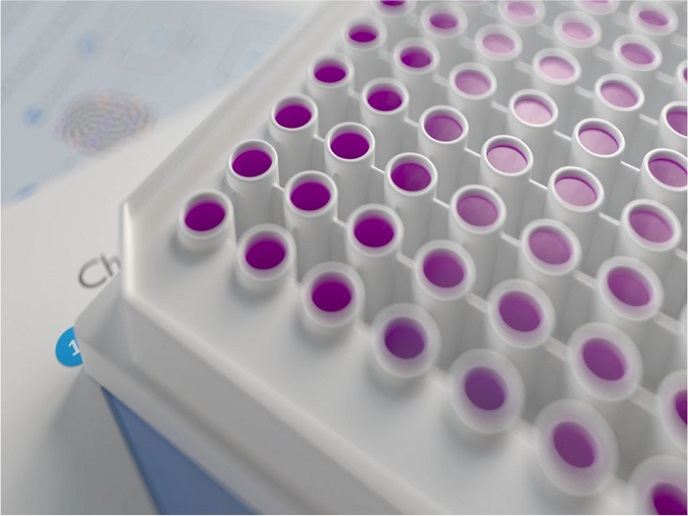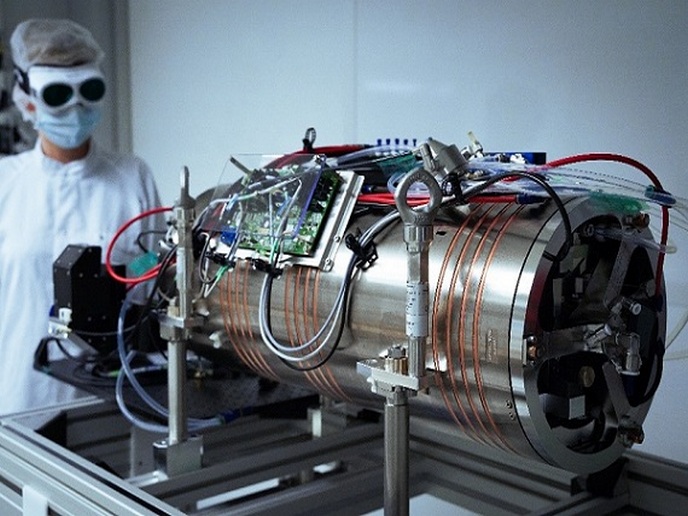Simulating steel welds to reduce repair work and boost productivity
Welds produce Heat Affected Zones in the metal being worked on, and the project's software is able to model the mechanical properties of these areas. The simulation can be used to estimate hardness, yield strength, ultimate tensile strength and toughness of different, metallurgically heterogeneous, regions. It is complemented by other software packages developed by the project team that compute thermal profiles and microstructures. The mechanical model uses a 'weakest link' hypothesis to predict fracturing. The area of metal concerned is simulated as a number of 'volume elements'. Each of these elements is defined as having a 'stress state' dependent on external loading and plasticity factors. If one of these elements fails then it indicates a possible macroscopic failure of the weld. The probability of fracture in the zone under simulation is calculated from the totality of stress states of all the volume elements. Further calculations are then performed to take into account 'microcracks' formation and propagation through the weld zone. The robust software-modelling tool is anticipated to lead to increased cost-effectiveness in the repair of welds with significant reductions in time and resources. Its adoption can increase productivity without compromising the quality of the end products and hence, boost the competitiveness of European steel industries.







